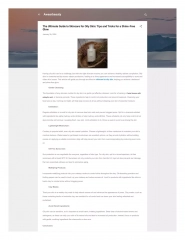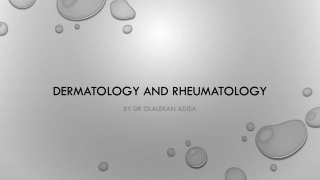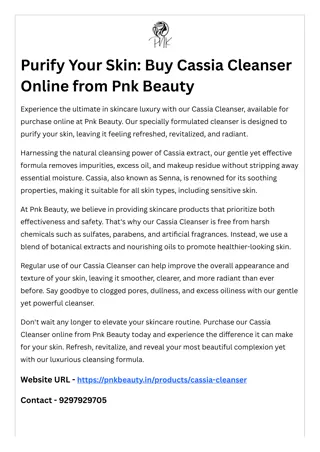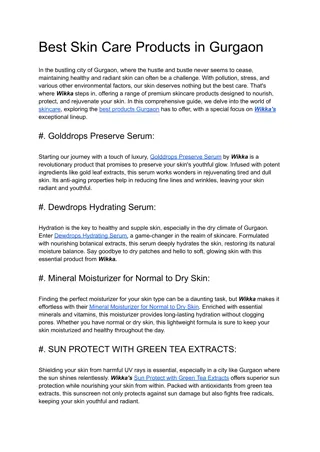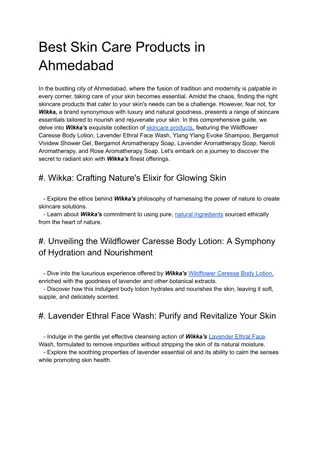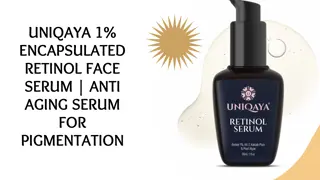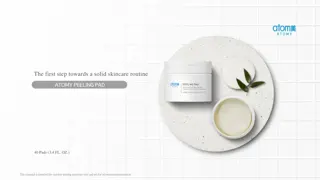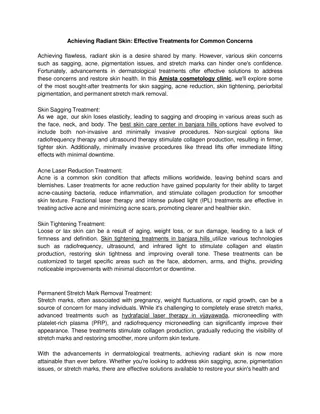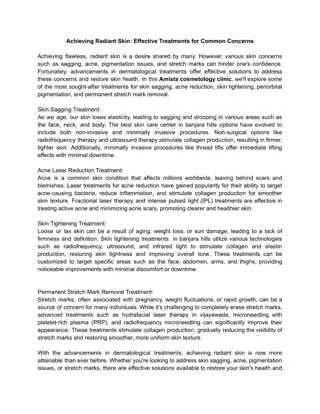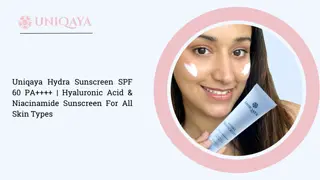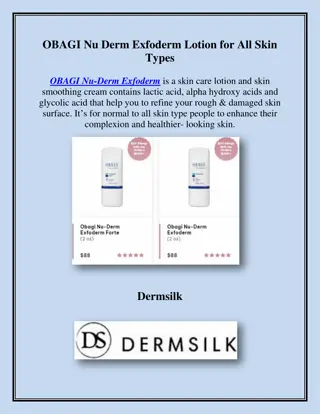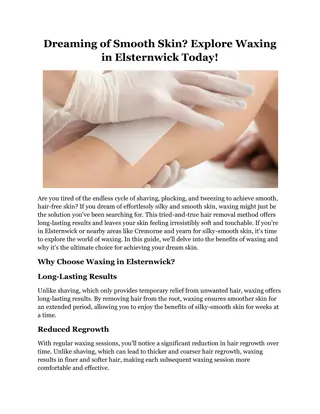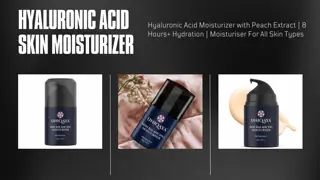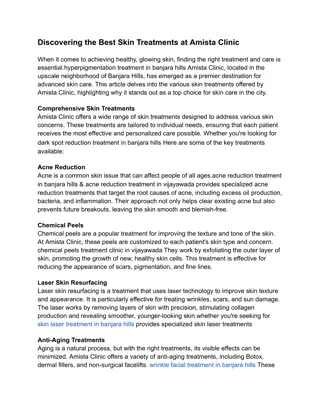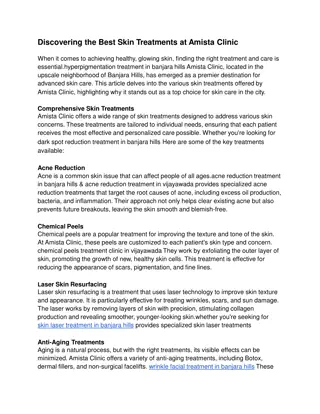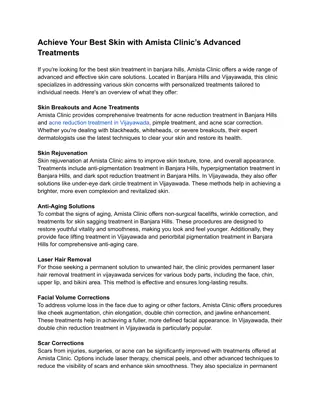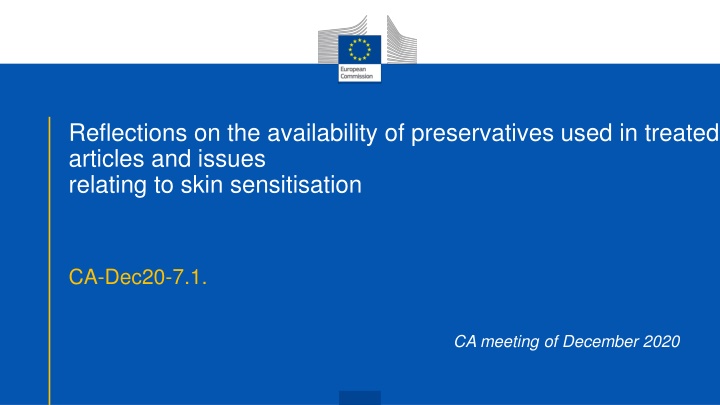
Skin Sensitisation and Preservatives in Treated Articles
Explore reflections on the availability of preservatives in treated articles and the concerns regarding skin sensitisation. Learn about hazard categories for skin sensitisers, interactions with regulatory areas, and the approval status of substances like isothiazolinones. Discover upcoming BPC opinions and Specific Concentration Limits for biocidal products containing skin sensitisers.
Download Presentation

Please find below an Image/Link to download the presentation.
The content on the website is provided AS IS for your information and personal use only. It may not be sold, licensed, or shared on other websites without obtaining consent from the author. If you encounter any issues during the download, it is possible that the publisher has removed the file from their server.
You are allowed to download the files provided on this website for personal or commercial use, subject to the condition that they are used lawfully. All files are the property of their respective owners.
The content on the website is provided AS IS for your information and personal use only. It may not be sold, licensed, or shared on other websites without obtaining consent from the author.
E N D
Presentation Transcript
Reflections on the availability of preservatives used in treated articles and issues relating to skin sensitisation CA-Dec20-7.1. CA meeting of December 2020
Hazard categories for skin sensitisers Source: Guidance on the Application of the CLP Criteria Version 5.0 July 2017
Background Interactions and issues shared with other regulatory areas (REACH, Cosmetics) Quantitative risk assessment of biocidal products containing skin sensitisers is not considered possible on the mid-term by ECHA Possible risk mitigation measures: wearing of gloves by consumers CA-Sept13-Doc.6.2.a : use of PPE for the general public does not seem to be an option for substance classified as skin sensitiser CAT 1A Isothiazolinones apparently penetrate easily several types of gloves Hand cream may deactivate CMIT/MIT (source: Isothiazolinone derivatives and allergic contact dermatitis: a review and update A. Herman,O. Aerts, L. de Montjoye,I. Tromme, A. Goossens, M. Baeck University hospital Leuven) Request from industry: not include restrictions at active substance approval allowing for full assessment of safe use, including necessary restrictions and/or RMM, at biocidal product authorisation level.
Background Timing for approvals Timing for future BPC opinions on active substances of the group of isothiazolinones for PT6 and PT7products (source: Member States planning) and the Specific Concentration Limit (SCL) based on harmonised classification (source: CL Inventory, registry of CLH intentions & CLP ATP) Substance under the RP PT CAS eCA submission of assessment report (estimation) Q1 2021 Q4 2022 BPC opinion (estimation) Applicable or upcoming SCL (ppm) 500 15 (1/03/2022) - 15 500 (15 as from 1/3/2020) BIT DCOIT 6 7 2634-33-5 64359-81-5 Q4 2021 Q3 2023 BBIT MIT OIT 6,7 6 6,7 4299-07-4 2682-20-4 26530-20-1 Q2 2023 No info No info Q1 2024 No info No info
Background substances approved Substances already approved for PT6 among isothizolinones Substance CAS Approval Decision Expiry date Applicable and upcoming SCL (ppm) 15 (1/03/2022) MBIT 2527-66-4 Reg (EU)2017/2327 30 June 2028 30 June 2027 CMIT/MIT 55965-84-9 Reg (EU) 2016/131 15
Background new substances New substances for PT6 among isothizolinones Substance MIT.HCL C(M)IT CAS 26172-54-3 26172-55-4 PT 6 6
Background other actions Baua study (2020) : isothiazolinones are essential preservatives for the paint and detergent industry Danish study (2018) : reduction of isothiazolinones in paints. Possible provided that some measures are put in place (formulation, production process) Committee for Socio-Economic Analysis and Committee for Risk Assessment opinion on a proposal forrestriction on skin sensitisers Sept 2020: Target skin sensitising substances contained in treated articles with potential skin contacts (i.e. treated clothes) -> possible restriction under REACH above relevant SCL AS in BP not covered by the proposed restrictions - > risks covered by the BPR Cosmetics Regulation: CMIT/MIT banned in cosmetics above 15 ppm
Inputs from the newsgroup Five MSCAs contributions Three industry contributions All recognising the complexity and the sensitivity of the topic 2 MSCAs supports a modification of CA-Sept13-Doc.6.2.a on RMMs for treated articles. 1 MSCA supports this only for treated paints 2 MSCAs : No clear opinion as to whether the wearing of gloves is an appropriate RMMs 1 MSCA : no RMMs for consumer products
Reflections and questions Problem identification The risk assessment appears to be based on Specific Concentration Limit as established by the CLP Regulation. If a substance is present in concentration above the SCL, it triggers a risk that shoud be determined. Point 30 of Annex VI to the BPR provides that it shall be sufficient to evaluate whether the substance has an inherent capacity to cause such effects. Hazard based approach seems possible to address the situation. Impact on society What would be the socio-economic impact of banning the use of isothiazolinones in products and articles? Explain why none of the existing preservatives are a proper alternative for use in paints, detergents, films, inks...
Requests addressed to the CA-meeting Taken into account all the elements above, do you consider that a problem exists/may develop for the availability of effective preservatives? If so, please specify the potential negative impacts for society of the lack of effective preservatives and propose what would be the most appropriate way forward to address this problem?

